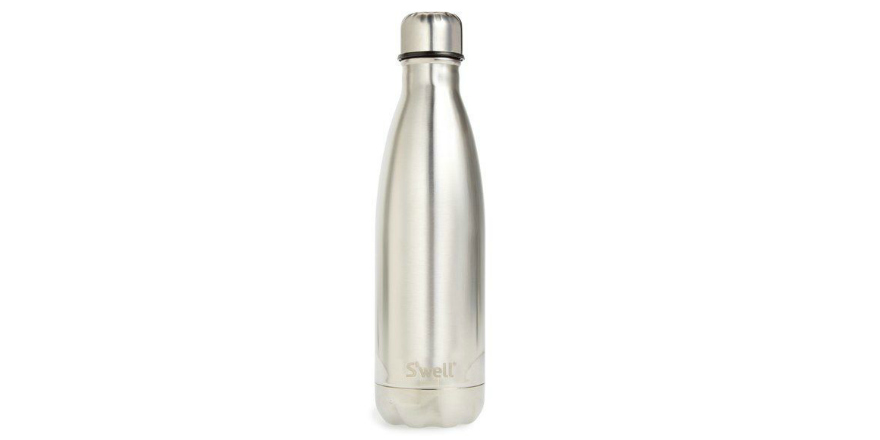When I was in 7th grade, I was required to create a science fair project for school. While the project allowed me to select any topic I wanted, I wasn't familiar with many science concepts, so I opted to ask my father, a physician, for ideas. I was confident that he would provide helpful insight, for he frequently broached and explained topics of biology, particularly human anatomy and physiology.
Surprisingly, however, the idea he suggested was not related to medical science. Rather, he described an experiment that covered concepts in microbiology and ecology, which would seek to test the water quality in the local park's lake. I decided to go along with his idea, and the following day we went out to the lake to collect water samples. To do so, we emptied plastic bottles and tied them with pieces of string. We then tossed the small bottles into different parts of the lake while holding on to the strings, so that I could then reel in the containers now filled with the water samples.
Purchase S'well 'Metallic Collection - White Gold' Stainless Steel Water Bottle here!
After collecting samples from different points around the lake, my father and I went home to look at them under the view of a microscope. We used water droppers to extract the water samples and place drops onto glass slides, which we looked at under my father's old medical school microscope. I remember that my father was so excited as we looked at different slides. He noticed that there was variation in the amount of dirt and bacteria present among different samples. When I looked into the microscope, all I could see were dark little lines and deformed shapes. I didn’t know the meaning or significance of what I saw, and depended a lot on my father to help me with my science fair project.
Now that I look back, I realize that my father was trying to reveal to me the extraordinary, micro-world of water. Water, even in its pure, liquid state, is a unique entity. As a clear, fluid liquid, it may be surprising to find that water is actually relatively dense. This high density is in fact what allows people to float and lie on the surface of the water that fills a swimming pool. In addition, water can exist as a solid, liquid, or gas, as its molecules rearrange themselves according to temperature. There is, also, a phenomena known as the anomalous state of water. After freezing to a certain point, condensing and becoming solid ice, frozen water begins to expand. This is counter-intuitive, as the change from liquid to solid typically involves molecules coming closer together rather than spreading apart. This reinforces the idea of water’s nuanced properties and malleability.
In fact, water has enabled the natural world to evolve, setting the stage for life on earth. While water is unique in its physical attributes, comprising most of our planet as well as the human body, it's also symbolic in world religion and culture. The U.N. recognized the importance of water in society establishing the focus for World Water Day in 2006 as ‘Water and Culture.’
![]()
Unfortunately, many don’t realize the importance and relevance of water until it becomes scarce.
![]()
There is a ubiquitous link between water, culture, and spirituality. Muslims wash themselves before prayer in order to be purified in preparation for their spiritual practice. The Jewish practice of submerging in a Mikvah, a special pool filled with rainwater, is meant to rejuvenate spiritual purity, as well. In Christianity, water is involved in baptizing a newly born child and symbolizing the child’s entry into the community.
Water is both a cultural symbol and the prime resource for sustaining life. While water conservation and pollution are controversial environmental issues, the fact remains that we all need water to live and thrive. Unfortunately, many don’t realize the importance and relevance of water until it becomes scarce. The ongoing drought in California and water pollution in Flint, Michigan have been wake up calls, reminding U.S. citizens of the practical significance of water. By paying mind to the cultural and spiritual aspects of water, perhaps we can find personal connection and greater appreciation. In establishing a personal link, we can foster a motivation to support and act in favor of our environment.
Sara Eliav is a college student living in NYC. She is passionate about environmental issues, such as water pollution and sustainable urban development. In addition, Sara feels compelled to further advocate for gender equality in the workplace and spreading awareness about mental health.

Comments (0)